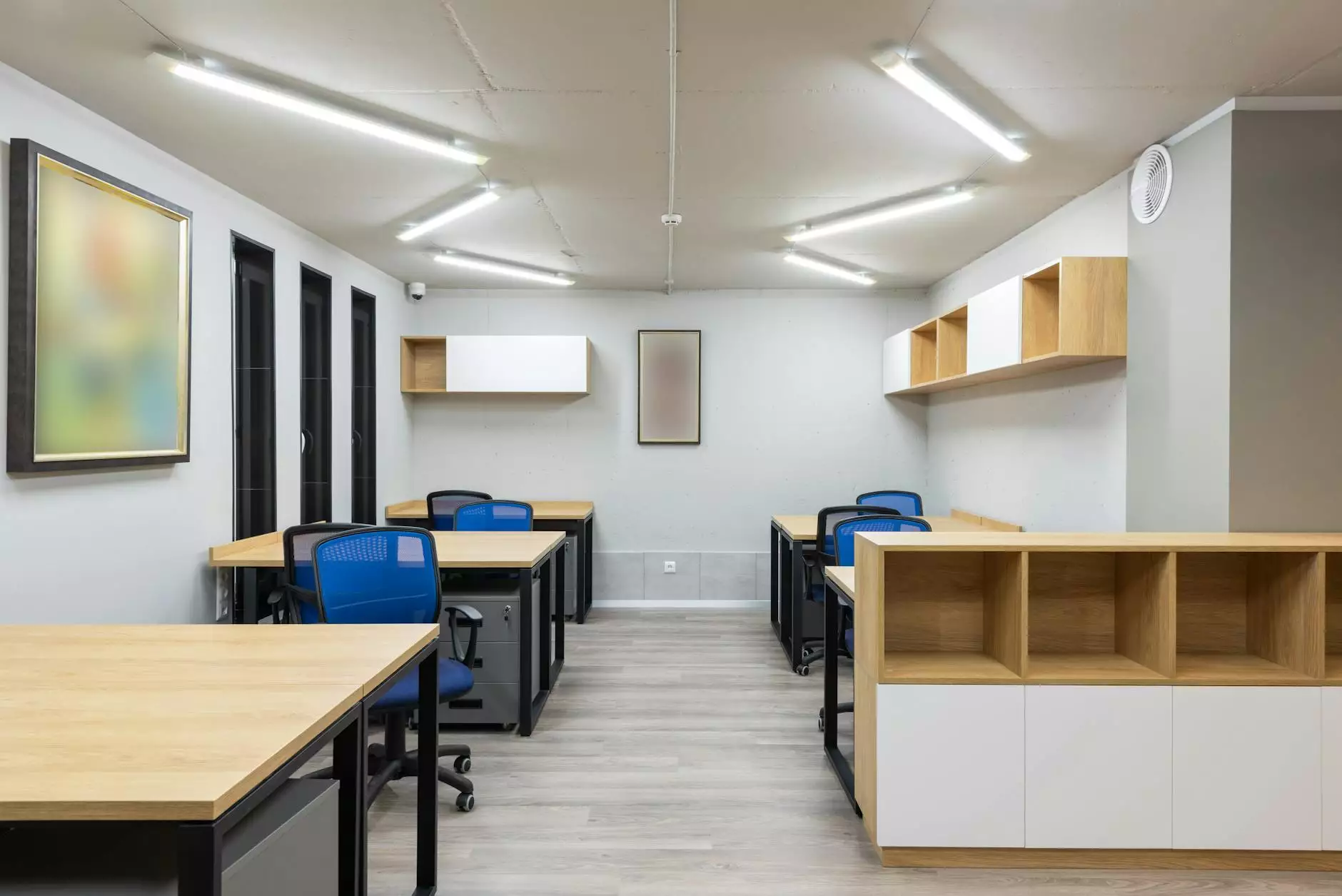The Ultimate Guide to Choosing the Right Barcode Reader for Your Business

In today's fast-paced business environment, efficiency is key. One of the most effective tools that can significantly improve operational efficiency is a barcode reader. This technology not only streamlines processes but also reduces human error, ultimately saving time and money. In this comprehensive guide, we will explore what a barcode reader is, the various types available, their features, and how they can benefit your business.
What is a Barcode Reader?
A barcode reader, also known as a barcode scanner, is an electronic device that translates data encoded in barcodes into a readable format. It uses a light source to illuminate the barcode, a lens to focus on the light reflected back, and a sensor to analyze the light and convert it into digital data. This technology is foundational in various industries, including retail, logistics, and healthcare.
Understanding Barcodes
Before diving into the types of barcode readers, it's essential to understand barcodes themselves. Barcodes are graphical representations of data that can be scanned and decoded. They come in various formats, including:
- 1D Barcodes: These are the traditional linear barcodes that consist of parallel lines and spaces. Common examples include UPC and EAN codes.
- 2D Barcodes: These include QR codes and Data Matrix codes, which store information in both horizontal and vertical dimensions, allowing for more data to be encoded.
- QR Codes: A type of 2D barcode popular for mobile scanning, QR codes can store links, text, and even multimedia.
Types of Barcode Readers
Choosing the right barcode reader is critical for maximizing productivity and efficiency in your business. There are several types of barcode scanners available on the market:
1. Handheld Barcode Scanners
These are the most common type of barcode reader. They are portable and easy to use, making them ideal for retail environments. Handheld scanners can either be wired or cordless, offering greater flexibility for scanning items in various locations.
2. Fixed Mount Barcode Scanners
Fixed mount scanners are typically used in assembly lines and conveyor systems. They are designed for high-speed scanning and are mounted in one location to scan items as they pass by. These scanners offer great accuracy and are ideal for inventory management.
3. Mobile Barcode Scanners
Smartphone-based scanning apps have emerged as popular alternatives to traditional handheld scanners. These apps utilize the camera on mobile devices to scan barcodes. Mobile barcode scanners are convenient and cost-effective, suitable for small businesses or on-the-go scanning.
4. Desktop Barcode Scanners
Desktop scanners are designed for point-of-sale (POS) use. They are typically compact, allowing them to fit comfortably on a checkout counter. These scanners often come with auto-scanning capabilities, enhancing customer service by speeding up transactions.
5. 2D Barcode Scanners
As businesses increasingly adopt 2D barcodes like QR codes, specialized 2D scanners have become essential. These scanners are capable of reading both 1D and 2D barcodes, making them versatile for a range of applications from inventory tracking to promotional campaigns.
Key Features to Consider When Choosing a Barcode Reader
When selecting a barcode reader, consider the following key features to ensure it meets your business needs:
- Scanning Speed: Look for devices that offer rapid scanning capabilities, especially in high-volume environments.
- Durability: If your business operates in a demanding environment, choose a barcode reader that can withstand drops and exposure to dust and moisture.
- Connectivity Options: Ensure the barcode reader can connect to your existing systems, whether via USB, Bluetooth, or Wi-Fi.
- Ease of Use: An intuitive design and interface can significantly reduce the learning curve for your team.
- Compatibility: Check that the scanner is compatible with your software applications and systems.
Benefits of Using a Barcode Reader
Implementing barcode readers in your business comes with a multitude of advantages:
- Increased Efficiency: Barcode scanning is faster than manual entry, allowing staff to handle more transactions in less time.
- Reduced Errors: Automated data capture lowers the risk of human error, leading to improved data accuracy.
- Better Inventory Management: Barcode systems provide real-time visibility into stock levels, helping to prevent overstocking or stockouts.
- Enhanced Customer Experience: Faster checkout processes result in happier customers and increased loyalty.
- Data Collection and Analytics: Barcode scanners help capture data that can be analyzed to improve business operations and customer insights.
Integration of Barcode Readers in Business Operations
Integrating a barcode reader into your business operations can be a game-changer. Here’s how:
1. Streamlining Checkout Processes
In retail, speed is crucial. Barcode scanners allow cashiers to quickly scan items at checkout, significantly reducing wait times and enhancing customer satisfaction.
2. Optimizing Inventory Management
With barcode scanning, businesses can conduct inventory counts quickly and accurately. This technology enables real-time tracking of stock levels, ensuring that optimal inventory is maintained.
3. Enhancing Supply Chain Efficiency
Barcode readers improve accuracy throughout the supply chain, from tracking shipments to warehousing. Scanning incoming and outgoing goods minimizes discrepancies and streamlines operations.
4. Supporting Data Analysis
Scanners collect valuable data that can be analyzed to identify sales trends, customer behaviors, and operational efficiencies. This information supports informed decision-making and strategic planning.
Future Trends in Barcode Technology
The barcode industry is continuously evolving. Here are some trends to watch for:
1. Mobile Scanning Technology
As smartphones become more capable, mobile scanning apps are gaining popularity, allowing businesses to leverage existing devices for barcode scanning.
2. 3D Barcodes
Emerging technologies may introduce 3D barcodes, providing even more data storage and better security, which could revolutionize how products are packaged and tracked.
3. Integration with IoT
The integration of barcode readers with Internet of Things (IoT) technology will enable real-time data collection and sharing across devices, creating a more interconnected business environment.
Conclusion
Investing in the right barcode reader can redefine your business operations. It enhances efficiency, improves accuracy, and provides valuable insights for growth. As you consider upgrading or implementing barcode scanning technology, remember to assess your specific business needs, the types of barcodes you’ll be using, and the features that will best support your operational goals.
For businesses looking to take the next step in their operations, visit Durafast Label for a comprehensive range of printing services and electronics, including top-of-the-line barcode readers designed to meet the demands of modern business.









